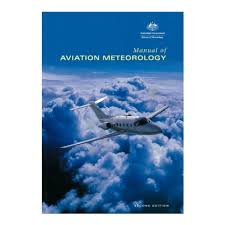Description
Pilots operate in a dynamically changing and potentially risky weather environment. But does the atmosphere have to be a threat?
To some extent it always will be, but pilots who have good knowledge of it, treat it with respect, keep their eyes open, and prepare adequately will enjoy safe and efficient flight.
Pilots need to frequently refresh their knowledge of the weather by comparing what is observed with what is forecast and by studying all aspects of the weather by viewing and comparing radar and satellite images and weather maps to gain an overall appreciation of likely weather events.
A clear understanding of local-scale influences on the weather is essential for all pilots, especially since significant atmospheric variations at low levels commonly adversely affect aircraft performance. In particular, convective activity, orographic features, lines of trees and seemingly insignificant obstacles can generate turbulence and wind shear of critical significance to aircraft performance, making low-level operations difficult and risky.
It is wise for a pilot to be aware of the limitations of forecasts and other guidance material. Be aware that although weather forecasts are based on the best advice available, accuracy can only be assessed after the event.
Most studies into aircraft accidents report that about half are weather related. The most common errors contributing to accidents are:
- failure to prepare adequately with respect to understanding relevant meteorological conditions;
- inability to equate forecast weather with that experienced;
- failure to assess deteriorating weather conditions in time to permit a safe alternative course, particularly with regard to higher ground;
- failure, by VFR pilots, to realise the risk of disorientation as a result of attempting to fly into non-visual flight conditions.
Understanding the material presented in this manual and constantly refreshing meteorological knowledge will go a long way in preparing pilots for safe and enjoyable flight.

